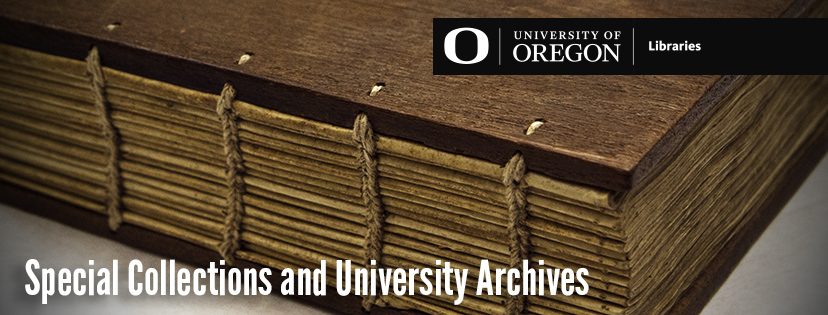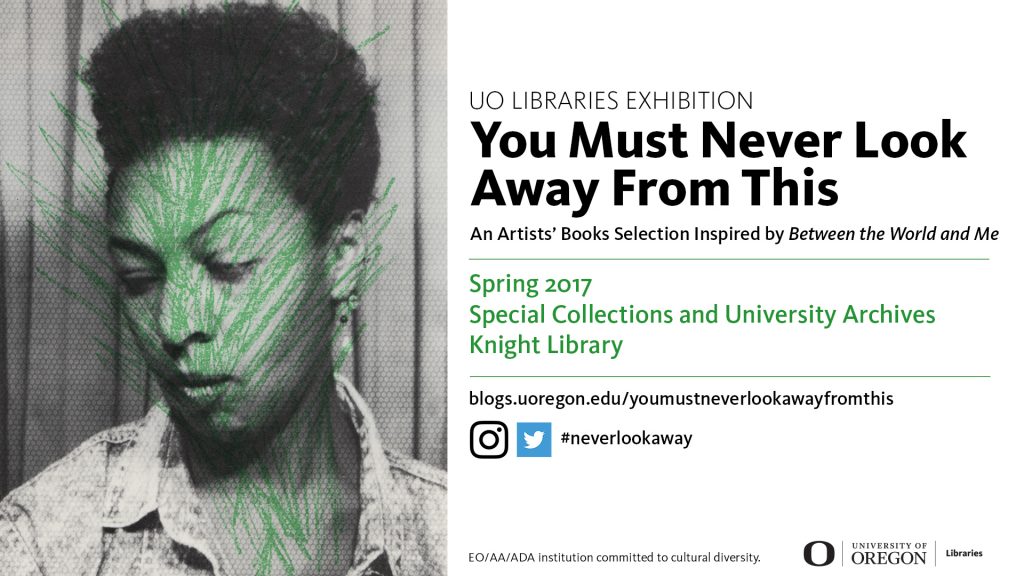A Step In the Right Direction: Honoring DeNorval Unthank, Jr.
This is the seventh of a series of blog posts highlighting the ongoing work of the Documenting UO History Project within the University Archives. A major part of this project is researching and documenting the often untold and hidden histories of the university’s diverse and underrepresented communities. This year our focus will continue to highlight Black history on campus, specifically Black student activism from the 1960s to present. Prior posts can be seen here.

Until recently, DeNorval Unthank Jr.’s remarkable life was a perfect example of how black history at the University of Oregon and Eugene has been suppressed. Despite graduating from the University of Oregon Architecture program in 1952, becoming an accomplished architect and professor at Oregon, and even designing prominent buildings throughout Eugene and on campus, his story remained, for the most part, untold. In fact, outside of historians and a select few community members, it is difficult to find someone in Eugene who is familiar with Unthank Jr.’s work, legacy, and strong connections to the University of Oregon. Fortunately, recent events and the building renaming process of Cedar Hall has brought Unthank Jr. well-deserved recognition. In late May, University of Oregon President Michael Schill announced that Cedar Hall would be named after Unthank Jr. after months of deliberating on potential name options ranging from Mabel Byrd to Unthank Jr. We are honored to highlight his life and career as a professor and prominent Eugene architect.



 Colored People by Adrian Piper.
Colored People by Adrian Piper.